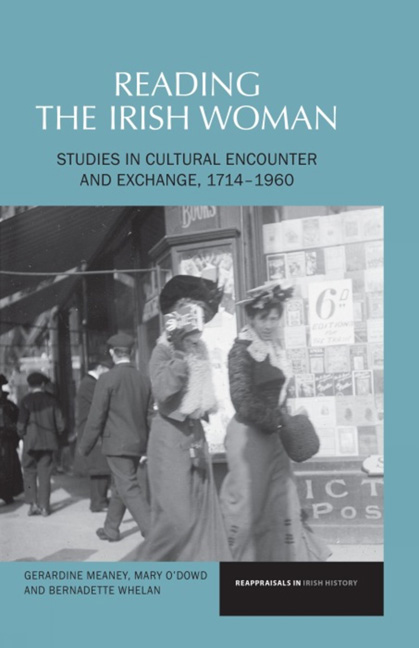2 - Educating Women, Patriotism and Public Life, 1770–1845
from The Enlightenment
Summary
Introduction
Chapter one traced the amassing in eighteenth century Ireland of printed literature on the education of women and, more widely, on the role and contribution of women in society. Interest in this type of literature declined in the early nineteenth century. By 1800, there is a noticeable absence in the pages of Walker's Hibernian Magazine of articles that focused on the merits of female education or that discussed the role of women. They were replaced with items that were to become the standard fare of women's magazines: advice on marriage and married life, serialised romantic tales and fashion. The unsuccessful attempts in the 1790s to produce periodicals for women readers were not repeated in subsequent decades. Instead, The new weekly or monthly publications of the early nineteenth century were aimed at a Catholic and nationalist readership and did not have an explicit gender dimension to their marketing strategies. A small number of magazines such as the Dublin Family Magazine or Literary and Religious Miscellany (Dublin, 1829) were produced for a school market but, unlike in the 1790s, they did not focus specifically on female readers.
For most of the nineteenth century there were no Irish-produced magazines directed at a female readership. The first, Lady of the House appeared in 1890. Prior to that date, Irish women were among the readers of the expanding number of women's magazines that were published in London. The most successful in the early nineteenth century was La Belle Assemblée, which was one of the first to feature full-page engravings of women's fashions from London and paris. Other items advertised in La Belle Assemblée included luxury consumer items like furniture, silverware and paintings. The commercial potential of the middle-class woman consumer was increasingly recognised by English publishers.
The most successful nineteenth-century women's magazine was the Englishwoman's Domestic Magazine, edited by Samuel and Isabella Beeton, from the early 1850s. It set the model for future women's magazines. By contrast with their eighteenth-century predecessors, the editors of the Englishwoman's Domestic Magazine produced their magazine for the middleclass woman in charge of a household. Their emphasis was on ‘homemaking’ and, as Samuel Beeton wrote in the first issue, the magazine was for women who wanted ‘to make home happy’.
- Type
- Chapter
- Information
- Reading the Irish WomanStudies in Cultural Encounters and Exchange, 1714–1960, pp. 54 - 84Publisher: Liverpool University PressPrint publication year: 2013



